
05 Jul 2020

Les secrets de François Truffaut
No overview found
Art critic Waldemar Januszczak is on the quest to explain exactly what the Sistine Chapel's ceiling is actually trying to tell us.

Self

05 Jul 2020

No overview found
A 1975 short documentary that focuses on the events that molded Frida Kahlo's life.
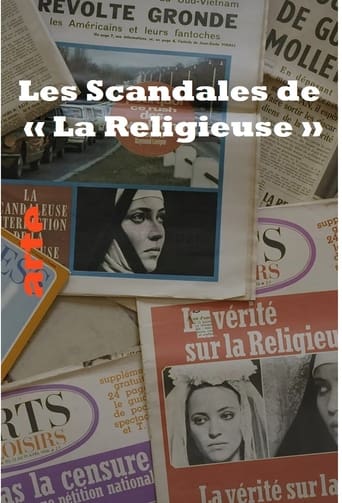
08 Nov 2023

Released in 1796 posthumously, The Nun, a novel that Diderot did not dream of publishing during his lifetime, as he knew it to be revolutionary, caused the same explosion in the 19th century France as in that of the 1960s, when Jacques Rivette decided to adapt it, with Anna Karina in the title role. “This film is banned and it will remain so!” said the General de Gaulle. Exploration of an indictment of incredible modernity which, through the tragedy of the young Suzanne, locked up in the convent against her will, denounces the inequity of a society denying women all moral, political and sexual freedom.
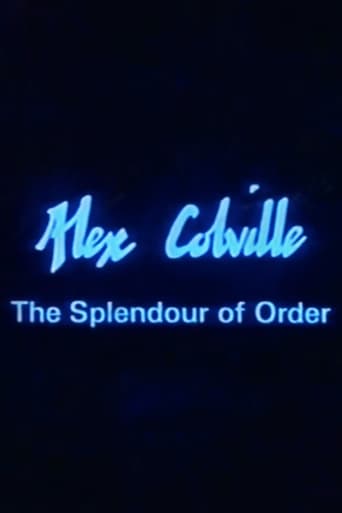
01 Jan 1984

A view of the life and works of the late Alex Colville, the celebrated Canadian painter. Shows the influence on his life and works of his experience as an artist during World War II, and of his relationship with his wife, Rhoda. Friends and critics speak of the construction and sense of menace in his work, and Colville comments on his sense of order, goodness, and contingency.
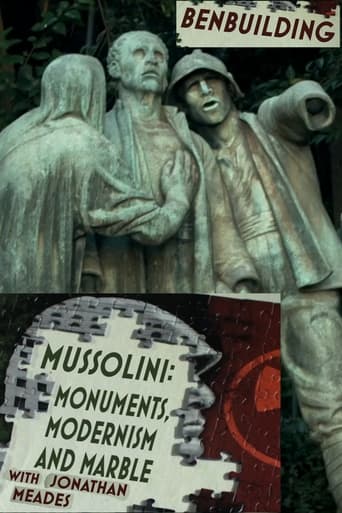
01 Jun 2016

Having previously investigated the architecture of Hitler and Stalin's regimes, Jonathan Meades turns his attention to another notorious 20th-century European dictator, Mussolini. His travels take him to Rome, Milan, Genoa, the new town of Sabaudia and the vast military memorials of Redipuglia and Monte Grappa. When it comes to the buildings of the fascist era, Meades discovers a dictator who couldn't dictate, with Mussolini caught between the contending forces of modernism and a revivalism that harked back to ancient Rome. The result was a variety of styles that still influence architecture today. Along the way, Meades ponders on the nature of fascism, the influence of the Futurists, and Mussolini's love of a fancy uniform.
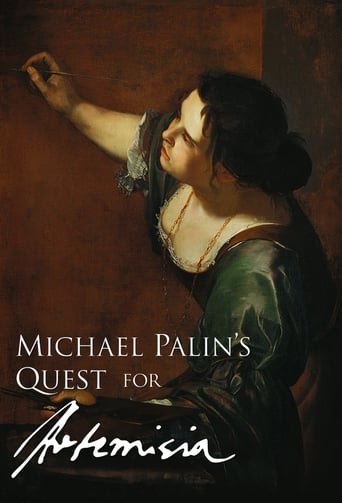
28 Dec 2015

Michael Palin discovers the story of 17th-century Italian artist Artemisia Gentileschi. He unearths not only her paintings, but a complex and difficult life.
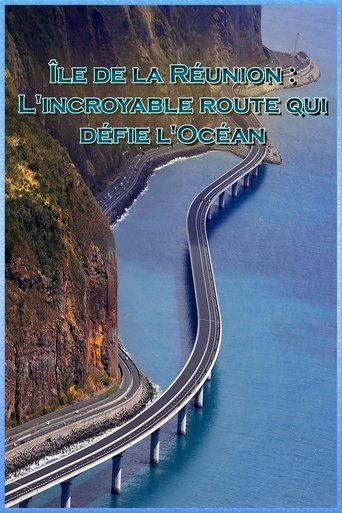
28 Dec 2022

No overview found

01 Jun 2015

With the help of a team of experts and the latest in 3-D scanning technology, Alexander Armstrong, along with Dr Michael Scott, explores the hidden underground treasures that made Rome the powerhouse of the ancient world.
01 Jan 2021
No overview found
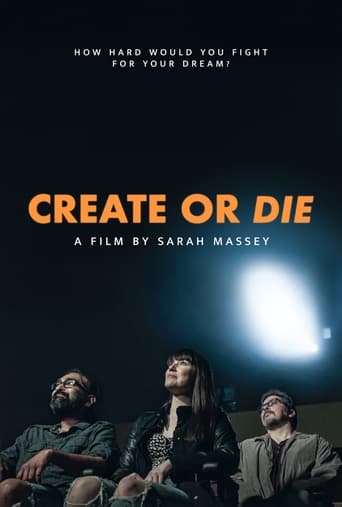
30 Jan 2024

In an industry that is becoming increasingly competitive, what drives indie filmmakers to keep creating their art, even when there is no promise of money or fame? CREATE OR DIE explores the insatiable passion to create despite the overwhelming odds through the lens of South Carolina writer and filmmaker David Axe, as he and his band of cast and crew head out into the backwoods of Georgia to shoot his low budget passion project ACORN. But when tragedy strikes on set, doubt and tension threaten to bring an end to their production and their dreams.
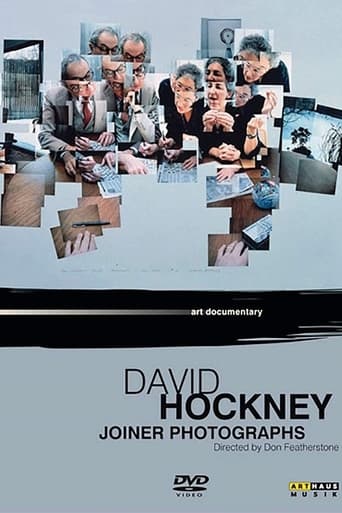
05 Jul 1983

David Hockney is unquestionably one of the most passionate and versatile experimental artists on the contemporary scene. In the late 1970s the British artist developed a pioneering concept which also changed his perspective on painting – his “joiners”. In this film, the artist himself talks about this photographic approach, a kind of Cubism-inspired photocollage which explores the space-time continuum. Hockney allows the viewer to share in the creative “joiner” process and leads us step by step into the universe of his artistic creativity.
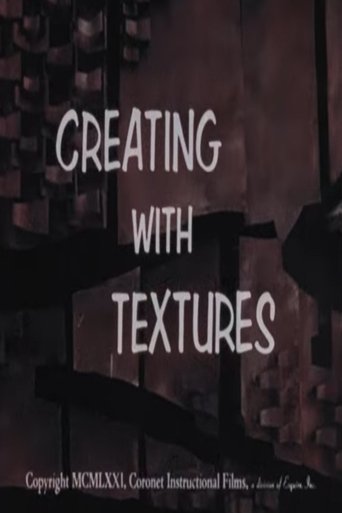
01 Jan 1971

This educational film illustrates various textures as students create different kinds of textured art by using ordinary objects and materials.
20 Jun 2020
Filmed in Tripoli, Lebanon, Concrete Forms of Resistance is a documentary centred upon the city’s abandoned ‘Permanent International Fair’, designed by Brazilian architect Oscar Niemeyer in the mid-1960s. Progress and crisis, labour and capital, material and memory, are reflected through a very intelligent rhyme between image and sound. The touching voice and words of Niemeyer as a call for life, and the beautiful camerawork as a weaving of ghosts in the present landscapes.
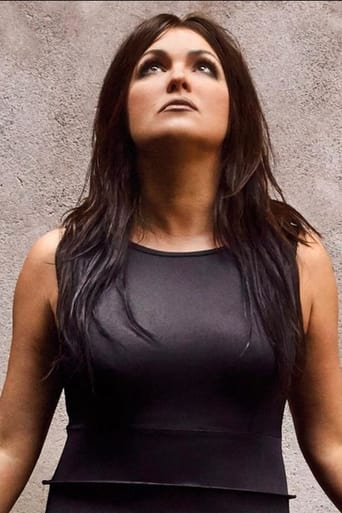
18 Sep 2021

She is one of the greatest divas of the present day and has left her mark on the world of opera: Anna Netrebko. On her 50th birthday, ARTE is dedicating a special portrait to her. As a disciplined professional in preparations and behind the scenes. And very personally in a private conversation. An encounter with a true superstar of classical music.
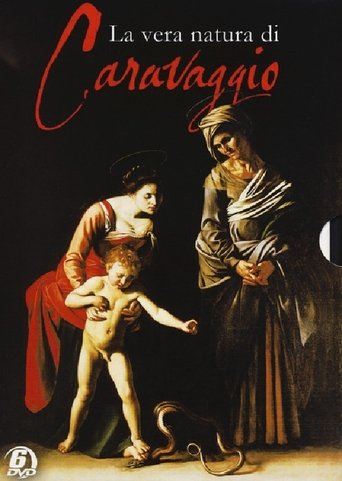
01 Dec 2016

12-episode docuseries on the life and art of Italian baroque painter Caravaggio.

01 Jan 2010

Southern California’s Coachella Valley, including the communities of Palm Springs, Palm Desert, Desert Hot Springs, boasts hundreds of extraordinary midcentury modern homes, public buildings and commercial structures. Modern designers such as William F. Cody, Albert Frey, William Krisel, John Lautner, Richard Neutra, R.M. Schindler, Donald Wexler, E. Stewart Williams left their collective mark on this desert paradise. Desert Utopia: Mid-Century Architecture in Palm Springs traces the history of modern architecture in Palm Springs from the first bold forays into modernist design to the preservation challenges facing the region today. Director Jake Gorst’s film features rare archival images and footage as well as interviews with historians, homeowners and the architects who helped create this mecca of modernism.
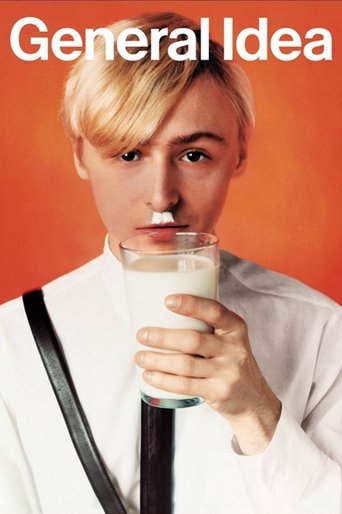
16 May 2008

"GENERAL IDEA: Art, AIDS and the fin de siècle is a humorous, informative and ultimately poignant documentary about General Idea. Formed in 1969, they produced art that targeted and mimicked media, consumerism and celebrity, creating a revolutionary new spirit of art making. Interviews with AA Bronson, the sole survivor of the trio, lends personal relevancy to this story of art and sexual politics. GENERAL IDEA: Art, AIDS and the fin de siècle is a tale of love, fame, overwhelming loss and, ultimately, renewal." -AGO.net
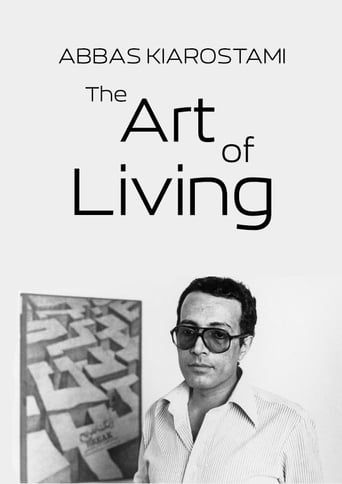
01 Jan 2003

Through an interview with Kiarostami in the Aran Islands and interviews with film critics and scholars at Cannes, the director examines Kiarostami's themes and methods. The director also profiles Kiarostami as a poet and a photographer.
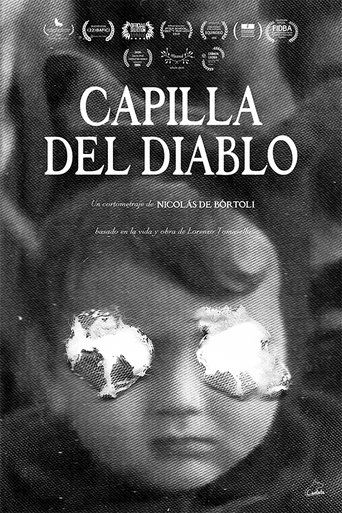
07 Aug 2020

After finishing building his Chapel, Lorenzo suffers a depression and is locked in it for three years. When he opens the doors he calls his children to show what he did: good and evil.
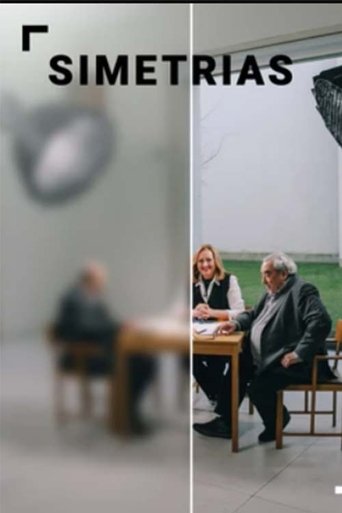
02 Jan 2023

No overview found